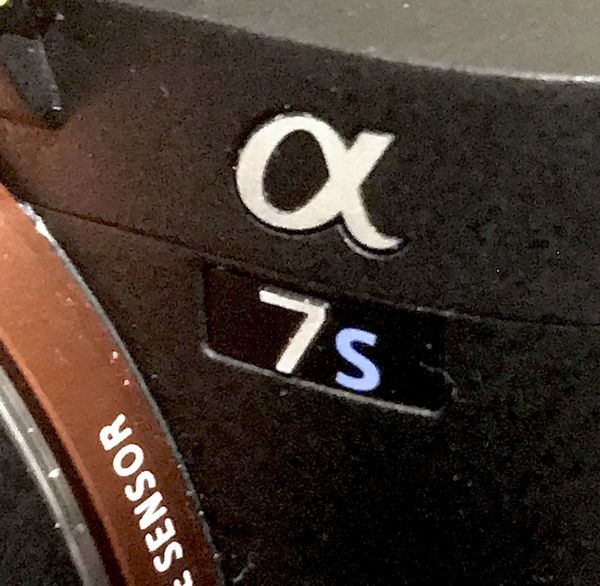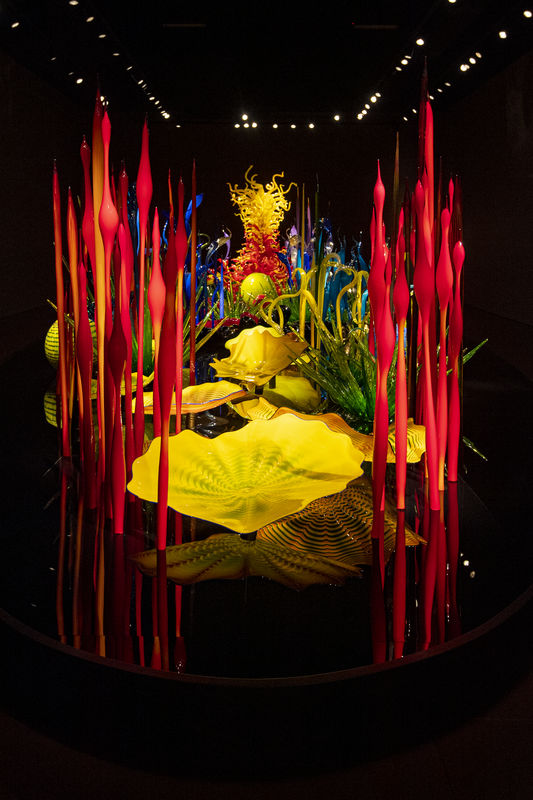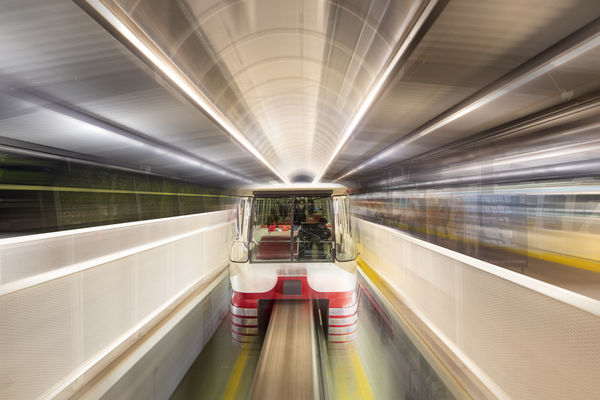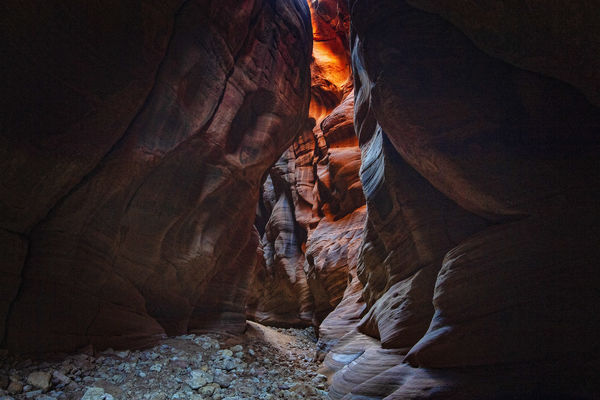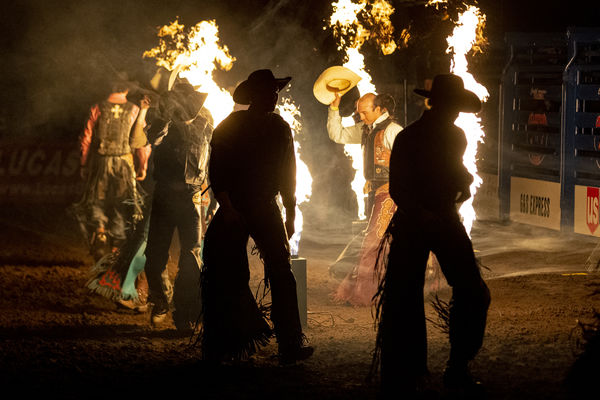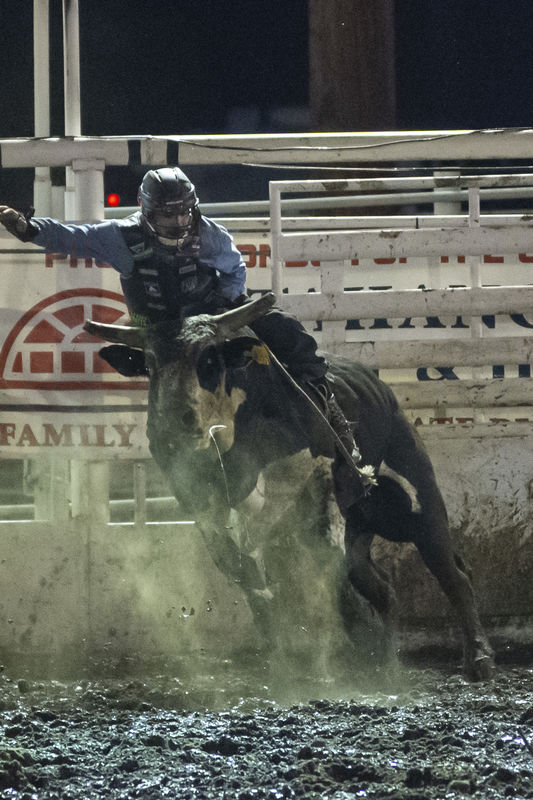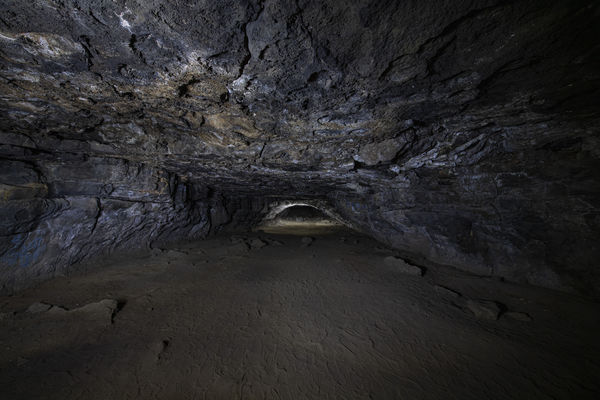Low Light Photography
Feb 22, 2021 16:02:51 #
Gran and/or noise is an interesting phenomenon. I certain kinds of photography it is almost irrelevant or even commonplace and acceptable- even desirable to some. In other kinds of photography, the prevalence of grain or noise in an image may be considered as some kind of defect, interference, or a sign of poor craftsmanship.
In photojournalism, especially in instances where the photographer is operating in unfavourable dangerous circumstances, especially in low existing light, grain or noise acceptable and part and parcel of such work. I know picture editors who balked at an exceptionally clean or almost grainless image thinking they will be perceived as inauthentic, staged, or "not gritty enough". That seems "nuts" to me but some photographers purposely used fast coarse grain film, even in normal light levels, or purposely caused a bit of reticulation in processing just to get that gritty grainy look. There were "grainy" texture screens on the market.
Some fine art photographers argue, "do painters hide their brushstrokes- do they all paint on glass to avoid the canvas weave? The grain is part of photograhy- live with it"!
In many kinds of commercial photography, portraiture, nature, landscape, and wildlife photography, excessive and noticeable grain or noise is not considered as acceptable. If it has no aesthetic value and only serves as a distraction and can be avoided, it shod be minimized as much as possible. especially if large prints or large-screen view are required. It still remains a matter of taste in many cases.
We all know how to negate or minimize noise, even in low light, by setting the lowest possible ISO setting, stopping down for DOP, use a tripod and lengthen the exposure times as needed. Accurate exposes helps too.
Back in the days of film, with very careful processing as to temperature control in all the baths, gentle agitation techniques, and minimizing wet time, even coarse-grained pushed films would exhibit thghter grain structure. Sloppy or careless processing of finer gain films will cause a kinda "fuzzy" bad grain. Various developers could be employed to vary the grain structure of many films. In digital cameras, the noise is the noise- it's there or it ain't. When you get it always looks the same. In both analog and digital photography, if you increase the contrast, you accentuate the grain or noise. In digital, you can use a de-nos function in post-processing. With film, you can reduce the appearance of gran by printing on diffusion or cold-light enlarger. A confessor enlarger will execute the grain.
In photojournalism, especially in instances where the photographer is operating in unfavourable dangerous circumstances, especially in low existing light, grain or noise acceptable and part and parcel of such work. I know picture editors who balked at an exceptionally clean or almost grainless image thinking they will be perceived as inauthentic, staged, or "not gritty enough". That seems "nuts" to me but some photographers purposely used fast coarse grain film, even in normal light levels, or purposely caused a bit of reticulation in processing just to get that gritty grainy look. There were "grainy" texture screens on the market.
Some fine art photographers argue, "do painters hide their brushstrokes- do they all paint on glass to avoid the canvas weave? The grain is part of photograhy- live with it"!
In many kinds of commercial photography, portraiture, nature, landscape, and wildlife photography, excessive and noticeable grain or noise is not considered as acceptable. If it has no aesthetic value and only serves as a distraction and can be avoided, it shod be minimized as much as possible. especially if large prints or large-screen view are required. It still remains a matter of taste in many cases.
We all know how to negate or minimize noise, even in low light, by setting the lowest possible ISO setting, stopping down for DOP, use a tripod and lengthen the exposure times as needed. Accurate exposes helps too.
Back in the days of film, with very careful processing as to temperature control in all the baths, gentle agitation techniques, and minimizing wet time, even coarse-grained pushed films would exhibit thghter grain structure. Sloppy or careless processing of finer gain films will cause a kinda "fuzzy" bad grain. Various developers could be employed to vary the grain structure of many films. In digital cameras, the noise is the noise- it's there or it ain't. When you get it always looks the same. In both analog and digital photography, if you increase the contrast, you accentuate the grain or noise. In digital, you can use a de-nos function in post-processing. With film, you can reduce the appearance of gran by printing on diffusion or cold-light enlarger. A confessor enlarger will execute the grain.
Feb 22, 2021 17:19:28 #
E.L.. Shapiro wrote:
. A confessor enlarger will execute the grain.
. A confessor enlarger will execute the grain.
Especially if it confesses under torture.
This development dates back to at least the Spanish Enquisition when grain was declared to be heretical. By the time of the reformation grain was in very short supply and considered a sacrament.
In some cultures, grain was purified by thrashing, mashing, and boiling it, and then committing it to long sentences of sometimes 14 years locked away in the dark cellars beneath the monasteries.
Completion of the sentence was often a time of great celebration. Grain is really whatever you make of it.
Feb 22, 2021 18:00:23 #
Tomcat5133
Loc: Gladwyne PA
Wow this is a great seminar by some of the masters here in the forum. Thank you.
I am not one of the masters. But a creative. I always used Nikons cameras and lens for years.
I am a producer cameras were used in studios for advertising or in videos and shows for clients.
Low light and sharpness where just what was created in the image at the time. Then I
got a Sony NEX camera took it to London and loved the images. That led to the Sony a7s, a7s II
image and filmic video. Canon started it with a video story on a SLR that started the whole
rage of doc film makers. I used the Sony a7, a7s for video and stills. They were great to see
in darker areas of imagery. Then their is the sharpness craziness. Why does an image have to
be the sharper. For the TV broadcasting with lighting that blinded live TV talent.
So why I am saying to my teachers and friends of art here. An image is what you can see
and how much of it can you see and what grain is in the imagery. That is all about the maker.
This forum has renewed my interest in the intellectual group of imagery makers.
I have an image I took 50 years ago in NY as a guest of a filming. My image is grainy maybe 400.
The photo has blurs and a smiling face. I was nervous not sure what I did.
I looked at this image the other day. It is mushy and a face peering at me. The face
said "how you doing kid." It was Frank Sinatra. I took it. This is what it is all about.
(Frank making a movie "The Detective".
I am not one of the masters. But a creative. I always used Nikons cameras and lens for years.
I am a producer cameras were used in studios for advertising or in videos and shows for clients.
Low light and sharpness where just what was created in the image at the time. Then I
got a Sony NEX camera took it to London and loved the images. That led to the Sony a7s, a7s II
image and filmic video. Canon started it with a video story on a SLR that started the whole
rage of doc film makers. I used the Sony a7, a7s for video and stills. They were great to see
in darker areas of imagery. Then their is the sharpness craziness. Why does an image have to
be the sharper. For the TV broadcasting with lighting that blinded live TV talent.
So why I am saying to my teachers and friends of art here. An image is what you can see
and how much of it can you see and what grain is in the imagery. That is all about the maker.
This forum has renewed my interest in the intellectual group of imagery makers.
I have an image I took 50 years ago in NY as a guest of a filming. My image is grainy maybe 400.
The photo has blurs and a smiling face. I was nervous not sure what I did.
I looked at this image the other day. It is mushy and a face peering at me. The face
said "how you doing kid." It was Frank Sinatra. I took it. This is what it is all about.
(Frank making a movie "The Detective".
Feb 22, 2021 18:19:34 #
Tomcat5133 wrote:
Wow this is a great seminar by some of the masters... (show quote)
You are ON IT !!! “S” means ESSential.
Blind talent ? My left foot !!!
Not dissing Dianna Schurr, Ray Charles, Stevie Wonder et al !
.
Feb 22, 2021 18:49:08 #
User ID wrote:
Especially if it confesses under torture. br br T... (show quote)
I went to an underprivileged and underfunded grammar school so I never learned how to spell! In high school, typing class was for girls and macho-guys took metal shop- so I never learned how to type properly but I can make one heck of a shiv on a lathe! When I made a spelling mistake, the teacher made me write it 100 times- CONDENSER. Oh- It's the Spanish Inquisition (I nit E)- I know about that- my tribe was the target!
 Wheat grain has lost popularity- all the new kids are gluten-free!
Wheat grain has lost popularity- all the new kids are gluten-free!Feb 23, 2021 02:36:39 #
larryepage wrote:
There have been several replies questioning whethe... (show quote)
I agree that the ambient light in the Chihuly Glass Museum is fairly low, but you aren't taking a photo of the ambient light, you are taking a photo of the light on the glass.
I guess we have a different opinion of what constitutes a low light photo. Your shot is hand held at ISO 400. Below are shots of the same exhibit, but a closeup, ISO 1,600, f5, 1/50th, A train just outside the museum, ISO 2500, f7.1, 1/30th, Buckskin Gulch in Utah, ISO 1,600, f10, 1/20th of a second, Introductions at a night bull riding event, ISO 8000, f2.8, 1/100th, A bull rider at night, ISO 8,063, f2.8, 1/100th, and a cave lit with just one flashlight, ISO 400, f8, 25 seconds.
I think that we can all agree that most people would not view the transit train photo as being low light, yet, it is essentially the same exposure value as the glass in the museum. Each successive photo is generally harder to shoot, as either the ISO goes way up, or the exposure time goes up, or both. Granted the bull riding photo in particular is especially noisy, and that is the point. Shooting an object that is lit up in an otherwise dark room is actually quite simple, while shooting moving objects in low light something has to give, either motion blur, or excessive noise. Each person needs to decide for themselves what actually constitutes low light. I would contend that if you can shoot it hand held at an ISO value below about 3200 then it really isn't that low of light.
Once again, that is not to be critical of your photo, its a great photo, it is just to say that there are a lot more difficult low light challenges than shooting lit glass in a museum.
Feb 23, 2021 03:17:44 #
User ID wrote:
Flagrant affront to UHH tradition. br br ————————... (show quote)
I'm a little perplexed at your comment about high school sports. Who shoots sports action at 1/60th of a second. 1/500th is the absolute minimum and even that shows motion blur in many situations.
And, I'm not so sure about the low light. Some high school gyms are pretty well lit, others not so much. The one I shoot in the most often I shoot at ISO 8,000, 1/100th of a second at f2.8 and that is 1.5 stops underexposed. That's actually as dark as the Chihuly Glass in the photo at the start of this thread. And, that isn't the darkest gym I have to shoot in, there is one that is actually darker than that. They not only have poor lighting, they have a dark brown wall, so there isn't even any reflected light. So, if the glass is low light, then so is the gym.
Feb 23, 2021 15:10:11 #
btbg wrote:
I'm a little perplexed at your comment about high ... (show quote)
That should have said 1/1000th of a second, my apologies.
Feb 23, 2021 23:05:15 #
Photography is and always going to be the balancing act of finding the combination that would provide correct/adequate exposure. based on this, can we really quantify "when" is a low light photography?
Many will agree, shooting the night sky, the stars moon etc. or museum displays constitute low light photography.
But is it really? Granted a broader piece of the scene is dark, stars are really bright and museum pieces often has spot lights on them. So oftentimes, it is really the dynamic range that we need to worry about and not the amount of available light. Because we either want those in the shadows to show up, or those in the shadows to disappear. That is dynamic range control, not low light photography IMHO.
How about candles? Shooting at a candle and shooting something lit by a candle would be two different things. How far are the candles is also another matter to consider.
In my opinion, anything that does not move even if dimly lit can be photographed. What really constitute low light challenges (in my opinion) are dynamic scenes with inadequate light like animals at dawn or dusk. Frankly speaking, very few systems can actually do that.
What's my take on this matter then? Simple, as a photographer, the less light, the less options we have. It may even come a point that there would only be one way, only one singular way to get the photo.
Unless we use specialized gears, across the board-better gear may improve the image but the technique & process would still be the same and would still be the heart of the matter.
Understand the play of light and know the gear at hand well. Those two would always dictate the number of good choices we have for the shot.
.
Many will agree, shooting the night sky, the stars moon etc. or museum displays constitute low light photography.
But is it really? Granted a broader piece of the scene is dark, stars are really bright and museum pieces often has spot lights on them. So oftentimes, it is really the dynamic range that we need to worry about and not the amount of available light. Because we either want those in the shadows to show up, or those in the shadows to disappear. That is dynamic range control, not low light photography IMHO.
How about candles? Shooting at a candle and shooting something lit by a candle would be two different things. How far are the candles is also another matter to consider.
In my opinion, anything that does not move even if dimly lit can be photographed. What really constitute low light challenges (in my opinion) are dynamic scenes with inadequate light like animals at dawn or dusk. Frankly speaking, very few systems can actually do that.
What's my take on this matter then? Simple, as a photographer, the less light, the less options we have. It may even come a point that there would only be one way, only one singular way to get the photo.
Unless we use specialized gears, across the board-better gear may improve the image but the technique & process would still be the same and would still be the heart of the matter.
Understand the play of light and know the gear at hand well. Those two would always dictate the number of good choices we have for the shot.
.
D7200 55-200kit lens. This car is in a race and moving at full throttle
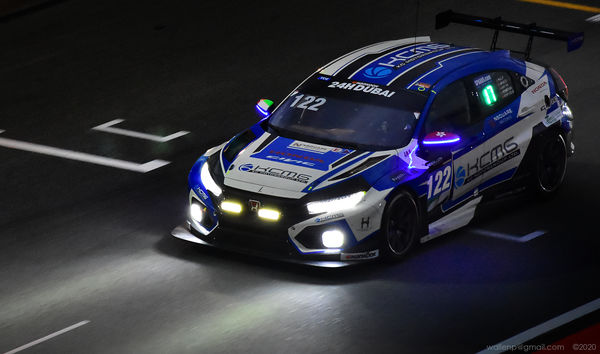
D7200 18-140 kit lens. This actually being lit by direct by the sun at sunset
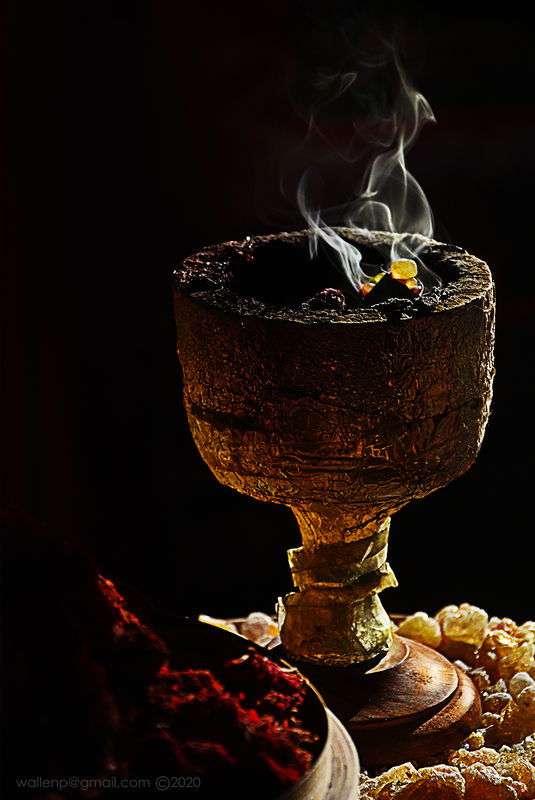
D610 24-120 kit lens - Because the mosque is not moving, i was able to expose it correctly in relation to the bright fireworks
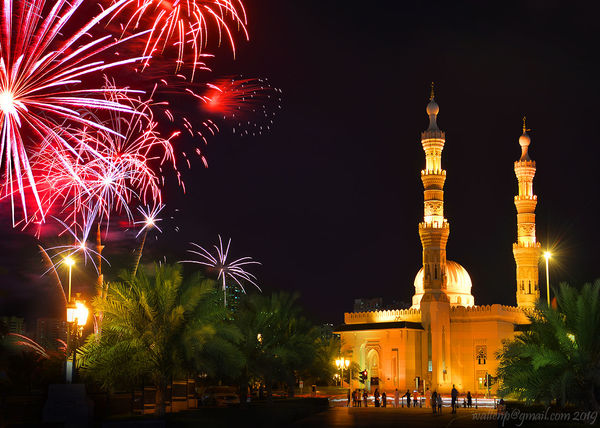
D90 24-120 kit lens. Manipulated image and definitely not a lowlight photography
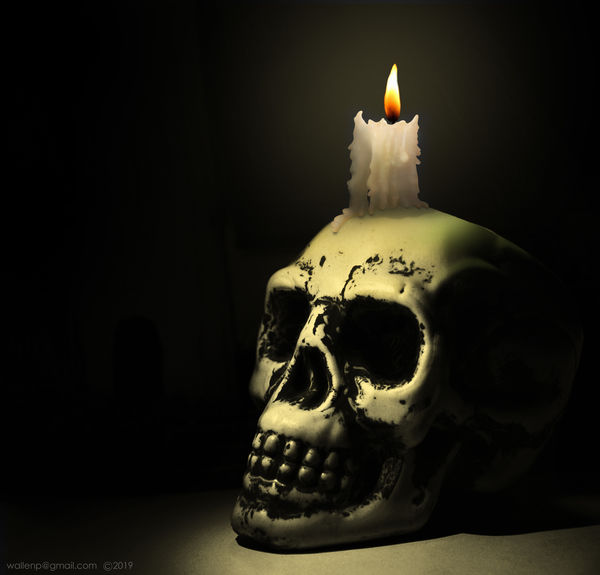
Mar 6, 2021 14:46:13 #
Tomcat5133
Loc: Gladwyne PA
Gene51 wrote:
Your example shows a scene with an EV (exposure va... (show quote)
This couple playing shot is good. I just sold a lot of gear for a Fuji push to change it up. But I had the RX10 III the original with the 24 600 zeiss lens and the one inch sensor. Reviews said nice lens and reach but so so imagery. I thought that is was a great image maker. If fact i posted here would anyone consider getting rid of their gear and just having this camera. For me it was a gem. A parachute stunt guy diving right down into the NASCAR field at the races. Thought i didnt get the show.But I did. Low light it seemed to be designed to create images with its algorithms. Shot grandsons soccer games mostly at ground lever in FL and this camera shined. One issue was sometimes it hunted in darker areas field. Understand newer RX10's are better? My son was in a college theater on a panel about learning to be a biz person. He asked me Dad don't stand up or use flash or be obvious please. I shot from a stage left from row seat. The RX10 III captured the moderator guest speakers on couch and chairs. The audience and other B Roll. Lighting was not an issue. Cut a youtube video for him.
Will miss the RX10 III.
You are one of the people Gene that shines in your comments.
If you want to reply, then register here. Registration is free and your account is created instantly, so you can post right away.

